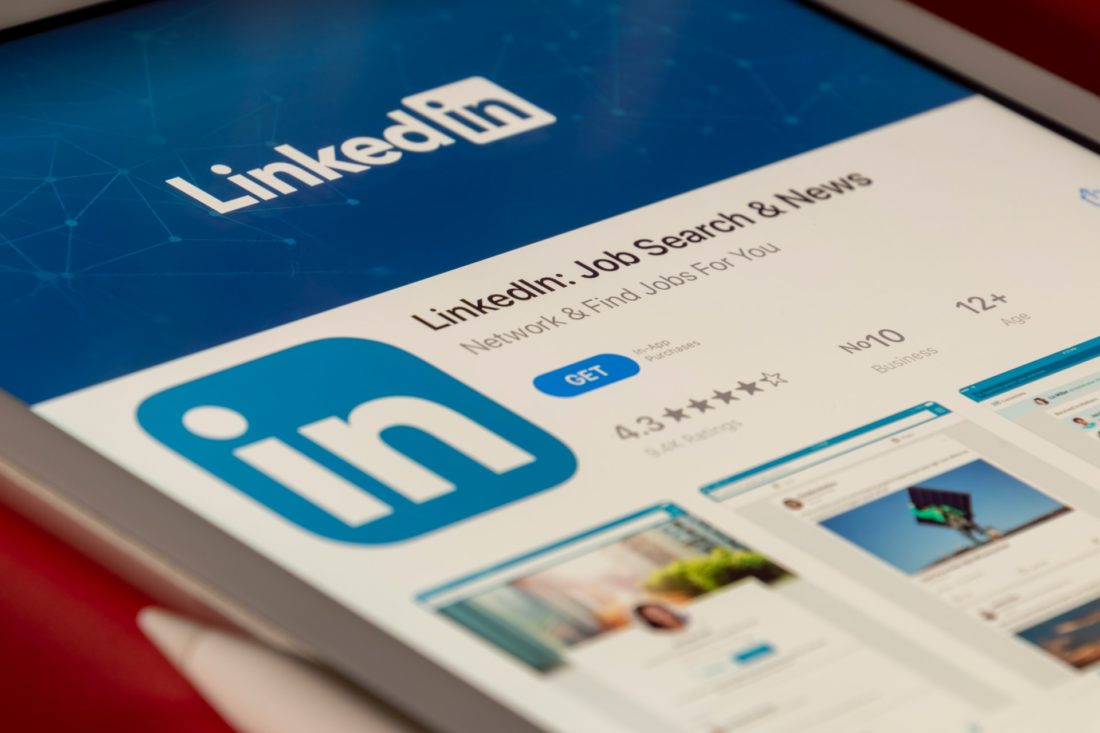LinkedIn currently has 660M+ users and the average LinkedIn member spends over 10 minutes a day on the site. Let’s take a closer look at LinkedIn and why the platform still matters for brands.
Since LinkedIn launched in 2003, professionals have long considered it a place to network. With over 740M active LinkedIn members, and 55M registered companies, LinkedIn has reported record levels of engagement growth in the past two years. The pandemic drove even more professionals to engage on the platform through its evolving meeting, posting and ad tools. Much more than a virtual water cooler, LinkedIn has become a powerful brand building tool.
While LinkedIn is often associated with B2B marketing, there are plenty of reasons why all brands should consider developing their LinkedIn strategy. LinkedIn is a powerful platform for lead generation since brands are able to hyper-target their professional audience using rich demographic data and interest-based filtering. It’s also home to job seekers and investors, making LinkedIn a valuable resource for recruiting and establishing your employer brand to differentiate from your competitors.
Here are some ways brands are using LinkedIn:
- 96% of B2B marketers use LinkedIn to distribute their content in 2021
- 80% of B2B marketers put paid behind their content on LinkedIn in 2021
- LinkedIn ads are more effective at driving brand lift for both B2B and B2C brands than other top platforms (source)
LinkedIn: Brand Strategy
Marketers know the value of brand building for both B2C and B2B lies in brand equity. To create brand equity, brands need to connect and resonate with their community as a way to build value. Brand equity requires “mental availability,” or the potential for the specific brand to be considered in the buyer’s journey. The way brands can be top of mind when a prospect is ready to purchase is to create a long-term brand strategy that uses emotional messaging.
“Emotional messaging is key to capturing the 95% of buyers who are out of market for when they are in-market. Even though people are rational by nature, they can be emotional when making decisions.” (LinkedIn)
By establishing your brand through various LinkedIn activations, ads and community-building elements (like page and group posts), brands can become the go-to in their niche, and maximize community response based on a multi-layered approach.
LinkedIn published a new guide on effective brand-building practices, and how brands can utilize the platform’s tools to boost presence. The guide covers all aspects of effective brand-building on LinkedIn, including activation strategies, measuring share of voice, and the value of emotional messaging.
Additionally, employee engagement on LinkedIn can make a huge difference for your brand. On average, employees have a network that is 10 times larger than a company’s follower base. Company content shared by employees also gets twice the average engagement, according to LinkedIn. Sprout Social recommends making LinkedIn “a major channel for your employee advocacy program as a cost-effective way to get your content in front of new eyes.”
LinkedIn: Lead Gen
LinkedIn is a powerful lead generation machine. Using LinkedIn group discussions to connect with community members generates 86% of leads. This is no surprise as over 96% of LinkedIn posts are made in group discussions. But brands shouldn’t discount posting on their company pages as those have a higher ROI than group discussion posts. Company pages generate 10% of leads; however, less than 1% of all posts are made there.
Looking to create posts that convert? An analysis by Oktopost found that one-third of all posts that convert had a question mark in the title. In terms of timing, LinkedIn activity tends to take place during the working day; however, the latest research shows that most conversions appear to come right after lunch. Additionally, longer form content on LinkedIn that provokes attention tends to be stickier in the minds of its audiences.
LinkedIn: Influencers
LinkedIn is the top choice for professionally relevant content, with 91% of executives choosing the platform.
As the largest professional networking site in the world, LinkedIn is flush with influential individuals, no matter the industry. These thought leaders are experts in their fields, followed by CEOs, CMOs, CFOs and many other decisionmakers. Followers listen to influencers closely and when they mention a specific product or service, it has a direct impact on the people most likely to purchase that product or service.
If you want to put your business in front of key individuals in your industry, LinkedIn is the way to go. On LinkedIn, influence, audience, and authority are built upon expertise. Users follow influencers because they constantly deliver industry insights in the form of detailed posts, articles, and videos that provoke followers’ curiosity and consideration. By investing time in LinkedIn influencer efforts, it becomes easier to target the right people in the right place at the right (scrolling) time.
Photo by Souvik Banerjee on Unsplash
